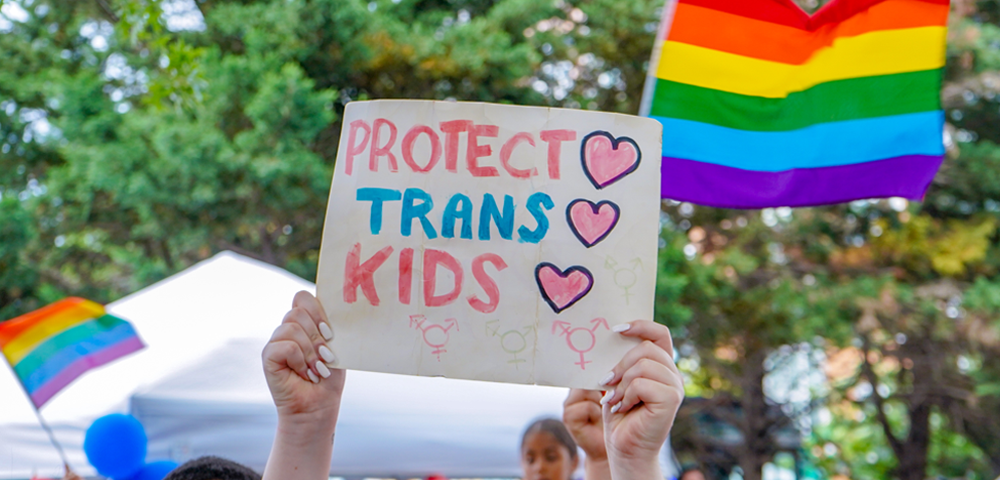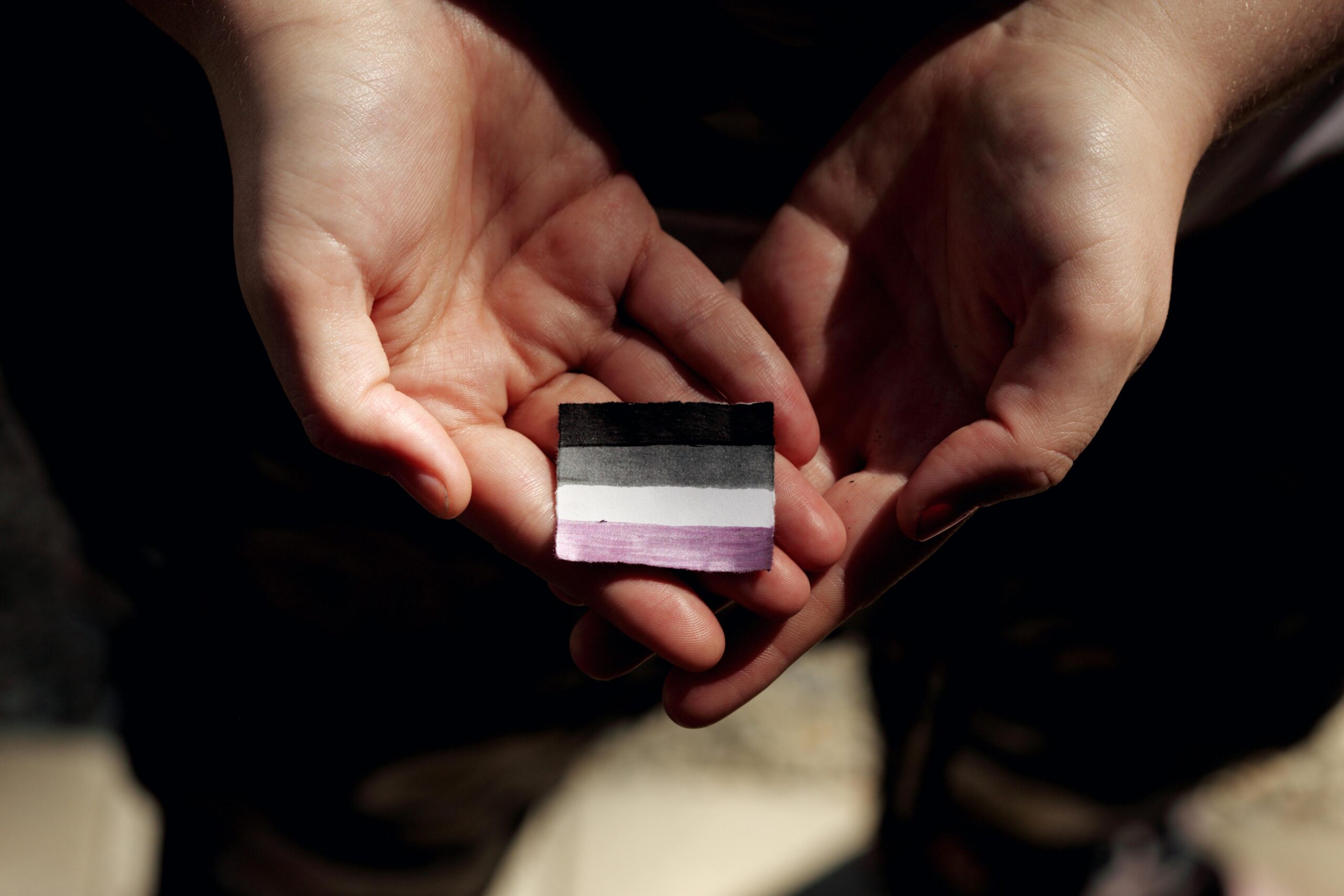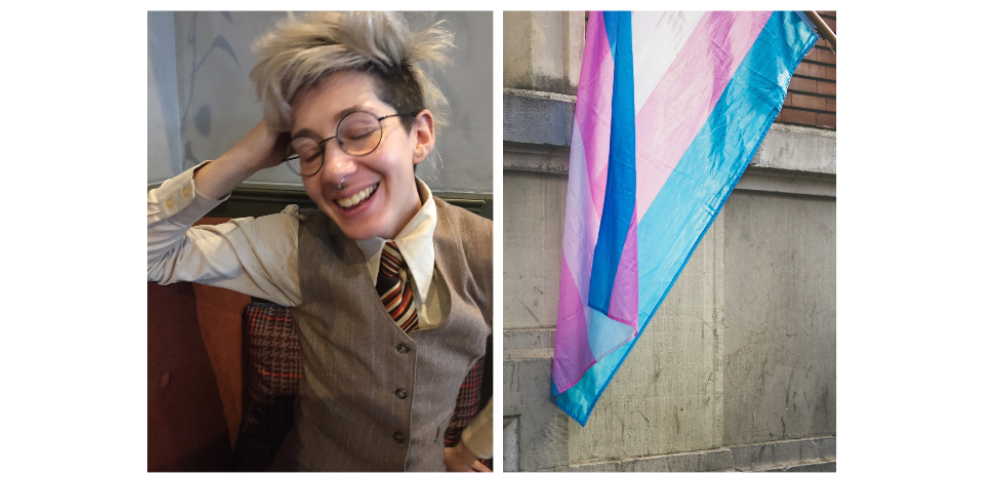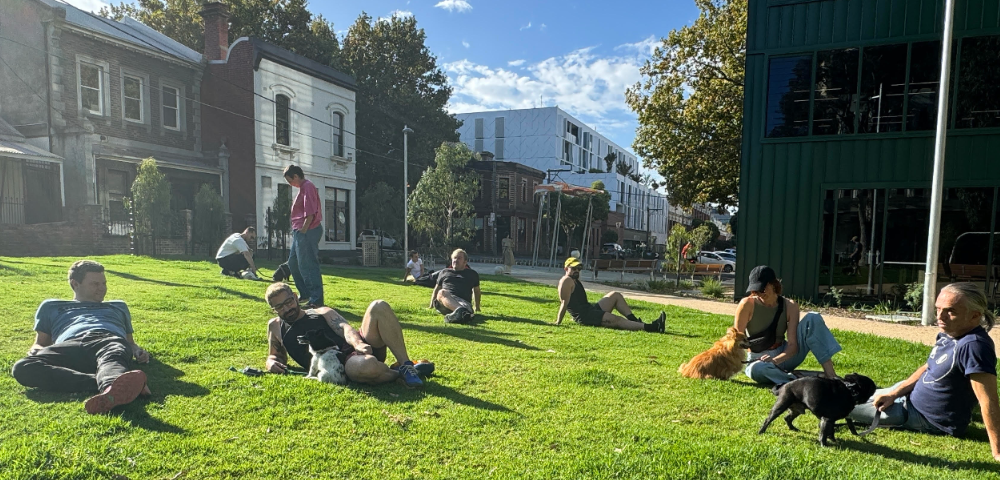

 Even though I have been involved in radical activism for over a decade, I was genuinely surprised by the massive public outrage that erupted when road workers showed up to take the Rainbow Crossing off Oxford Street. A Facebook meme to rival Planking or the Harlem Shake became the activity of the day: DIY rainbow crossings!
Even though I have been involved in radical activism for over a decade, I was genuinely surprised by the massive public outrage that erupted when road workers showed up to take the Rainbow Crossing off Oxford Street. A Facebook meme to rival Planking or the Harlem Shake became the activity of the day: DIY rainbow crossings!
So on May 25, we decided to march to the crossing and put back our rainbow. In the lead up, I had daily phone calls from the police pressuring us to relent from this terrifying threat to public safety, and I started to understand the social dynamics of this little patch of brightly-coloured bitumen. The symbols of the oppressed are subversively powerful tools we can use to liberate ourselves, and they disturb those who uphold public order.
The comparative mythologist Joseph Campbell defined symbols as signs which not only evoke, but also direct energy. Marching down Oxford Street with our home-made rainbow chalk, I felt that directed energy rising. The chant began to ring out from the crowd with an exceptionally joyful tone:
What do we want? Our rainbow crossing!
When do we want it? Now!
How we gonna get it? Chalk for it!
All of this has me thinking about the enduring symbolic power of the rainbow in this beloved community problematically called LGBTI. Word on the street is that there is a freedom associated with the rainbow’s ambiguity, and its lack of identity-political demands upon the individual.
In the rainbow, all the harmoniously united colours blend into each other without asking each other to “identify” as blue, green, aqua, teal or periwinkle. Kids and teens can belong to the “rainbow community” without being sexualised or gendered by labels. Discreet professionals and church members can join in without making their business public. “Opting in” requires none of the absolute binary oppositions of man/woman, gay/straight, which fail to describe the complexity of human experience.
When I first nervously stepped into a gay bar in the early 2000’s, I initially thought the faded and frayed rainbow flags were museum pieces, relics of the gay ghetto, but this generation has decisively reclaimed it, and they understood precisely what it meant when the government decided to destroy our symbol in the heart of our own street. I now realise that in the tradition of the Stonewall uprising, and on the hallowed ground of the 1978 Mardi Gras, the rainbow can become a banner to unify and inspire us for many years to come.
Karl Hand is the Pastor of Crave Metropolitan Community Church www.cravemcc.com and co-convenor of Community Action Against Homophobia www.caah.org.au. He blogs at http://critical-discipleship.blogspot.com.au.










